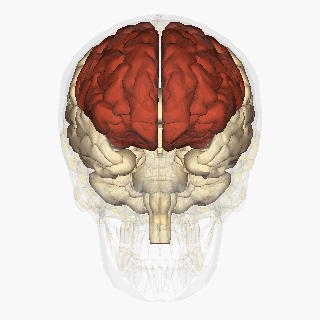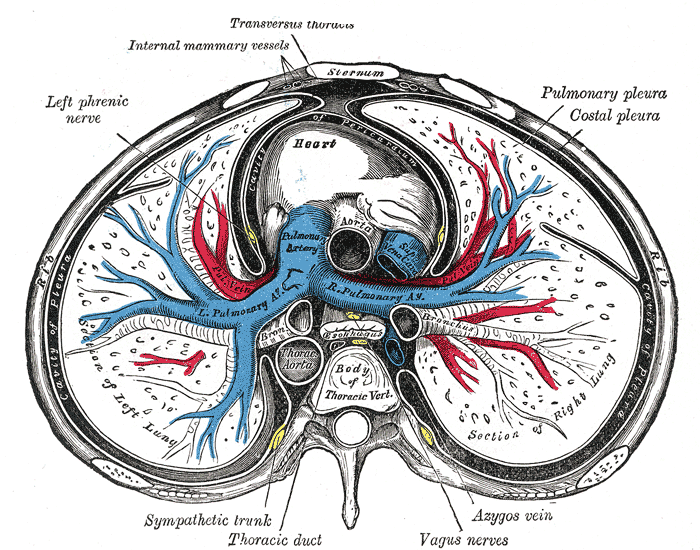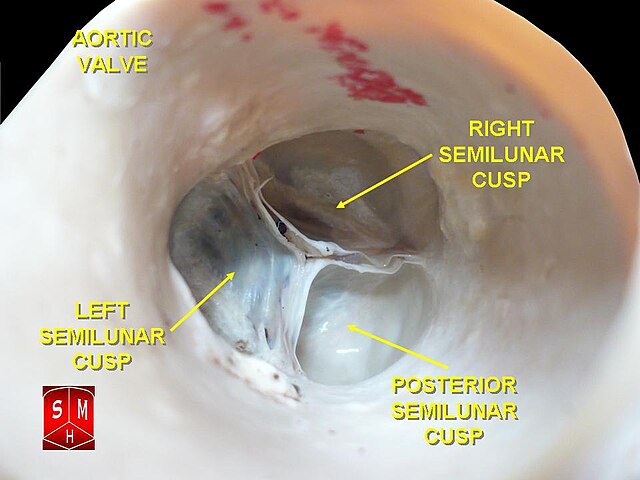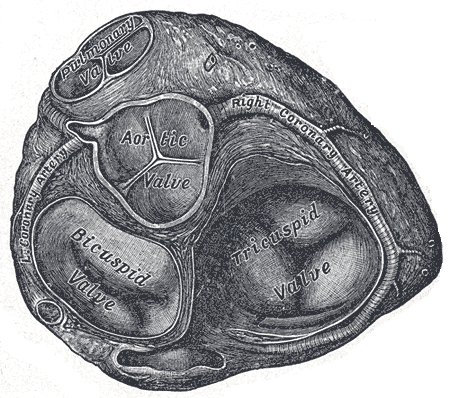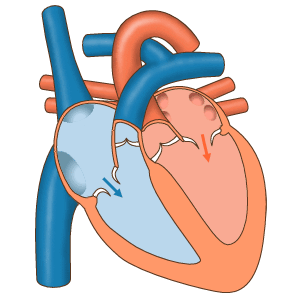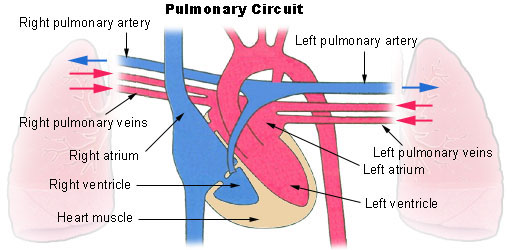We just learned about the Parietal Lobe.
Another part of the cerebral cortex is the temporal lobe.
This lobe is on the side of your head, right by your ear and your temple.
The main job of this part of your brain is to take the sounds that come in through your ear and help you understand what they mean.
This means helping you tell the difference between a bunch of noise, and someone talking to you and saying words.
Or listening to music or birds chirping.
It also helps a little with memories and with things you see.

(from: wikipedia - temporal lobe)
Kid Facts - Blast from the past: Popliteal Artery

